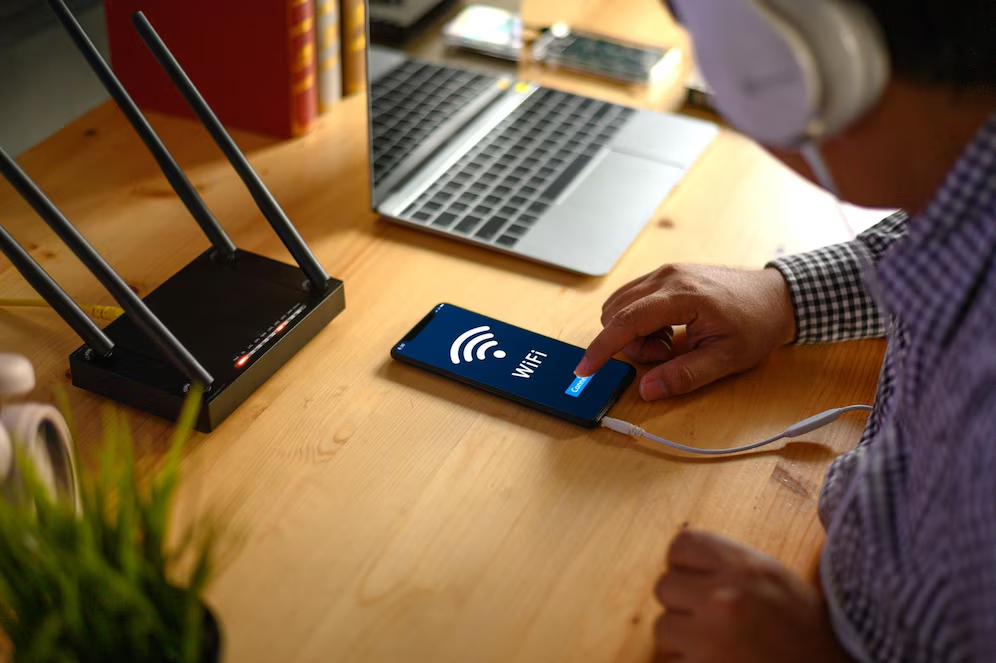Introduction
The internet makes shopping easy. But it also makes it easy for scammers to sell fake tech products. Counterfeit gadgets can look real but often break easily, don’t work properly, or even pose safety risks. Knowing how to spot fake tech online can save you money, stress, and even keep you safe.
Why Fake Tech Products Are a Growing Problem

Fake electronics are everywhere. From smartphones to USB cables, the counterfeit tech market is booming. According to a report by the OECD, fake electronics make up a significant share of the $500 billion global counterfeit market.
Using fake tech can be dangerous. Poor quality batteries can catch fire. Faulty chargers can damage your devices. And sometimes, fake products can even steal your personal data.
Common Types of Fake Tech Products

Certain products are more commonly faked than others. Here are some popular ones:
- Smartphones (especially top brands like Apple and Samsung)
- Chargers and cables (usually low-cost and widely sold)
- Earbuds and headphones
- Smartwatches
- Storage devices (USB drives, SD cards with fake capacities)
These products often look genuine but perform poorly or not at all.
Signs of a Fake Tech Product

Watch for these red flags when shopping online:
- Too-good-to-be-true prices: If the price is way lower than normal, it could be fake.
- Blurry images or generic product photos: Real sellers usually post high-quality images.
- Missing technical specs: Authentic listings include detailed specifications.
- Odd brand names or spelling mistakes: A common sign of counterfeits.
- Suspicious seller ratings: New or low-rated sellers may not be trustworthy.
- Packaging inconsistencies: Bad printing, missing seals, or odd logos are warning signs.
- No official certifications: Look for marks like CE, FCC, or UL.
Tips to Avoid Buying Fakes Online

Stay safe with these simple tips:
- Buy from official stores or verified sellers: Stick to well-known platforms and brand websites.
- Read reviews: Check both product and seller reviews.
- Compare prices: Use price comparison tools to spot strange deals.
- Check product codes: Search the serial number or product ID on the brand’s website.
- Look for return policies: If there’s no return option, it’s a red flag.
- Use secure payment methods: PayPal or credit cards offer some buyer protection.
Tools and Resources to Help You Identify Fakes

A few online tools can make your job easier:
- Fakespot: Analyzes product reviews for authenticity.
- ReviewMeta: Checks Amazon reviews for signs of manipulation.
- Manufacturer websites: Many offer serial number checks.
- Tech forums: Sites like Reddit or Trustpilot provide honest user feedback.
What to Do If You Bought a Fake Product

Don’t panic. Here are the steps you can take:
- Contact the seller: Some will issue a refund without a hassle.
- Report to the platform: Sites like Amazon and eBay have counterfeit policies.
- Request a chargeback: Credit card companies can help recover your money.
- Notify the brand: They may help identify the fake and take action.
- Leave a review: Help others avoid the same mistake.
Conclusion
Fake tech products are everywhere online, but you don’t have to fall for them. Knowing the warning signs, using trusted sellers, and doing a little homework can go a long way. Use the tools and tips above to shop smarter and safer. Stay alert, and protect your wallet and your tech!


